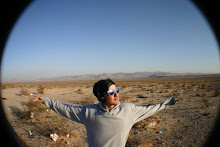Below is an A3 style board for comparisons of bicycle designs and technical variations. Not only did I look into existing sharing system bicycles from all over the globe but I also had a look at some interesting and unique bicycles that have already been manufactured and are here selling in Melbourne. There is also a collection of inspiration images seen top right of concepts which could prove useful in the conceptual design stage of this project.

Below is an A3 style board for the research into infrastructure analysing integration into vernacular. When looking through this it might also be helpful to refer back to the vernacular in class exercise which has been posted on the template given in a previous blog entry. This explored the concept of shared bicycle systems in different countries and using the vernacular board how a bicycle can be created following in the theme of Melbourne at its current status.

Below is an A3 style board for a study examining road use/congestion. Implementing a bicycle sharing scheme would deter road motorists as supported by the growing statistics of traffic in Melbourne. As long as the sharing stations are set up at appropriate areas and bicycles are readily available there is no reason why this system could not work. Outlined in the A3 spread is a map of the nervous system of Melbourne and traffic congestion hot spots according to the time and day. For example on weekends Hoddle St is quite congested with football games and functions being held at the Melbourne tennis centre. The bicycle sharing system could help to overcome this!

As outlined a PDS was to be included in Esquisse 2 which tabulated all research findings not only from this exercise but previous research findings when looking into the bicycle sharing system. This has been narrowed down to certain categories to try and expand on the specifications which need to be thought about when starting the conceptual process stage.












ben.jpg)








